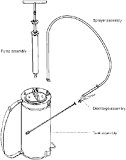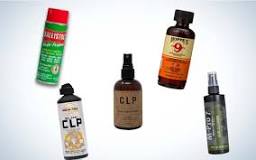The aspiration rate in a spray dryer refers to the speed at which air is drawn into the drying chamber to facilitate the drying process. This rate is crucial because it directly affects the efficiency of drying and the quality of the final product. Essentially, a well-optimized aspiration rate helps maintain the right balance between drying time and product quality.
Understanding Aspiration Rate
Why It Matters
- Drying Efficiency: A higher aspiration rate usually means faster drying, as more air can carry away moisture from the droplets.
- Product Quality: If the aspiration rate is too low, moisture may not be removed efficiently, leading to clumping or uneven drying of particles.
- Energy Consumption: Balancing the aspiration rate can also help manage energy costs, as higher rates may require more energy.
How It Works
The aspiration system pulls air through the dryer, which interacts with atomized liquid droplets. The hot air evaporates moisture quickly, transforming the liquid into powder. The aspiration rate must be adjusted based on various factors:
- Feed Properties: The concentration and viscosity of the feed material can influence how much air needs to be drawn in.
- Droplet Size: Smaller droplets may require different aspiration rates compared to larger ones for effective drying.
- Temperature Control: Maintaining optimal temperatures while adjusting airflow is key to preventing overheating sensitive materials.
Key Considerations
Adjusting for Scale
When scaling up from lab to industrial applications, the aspiration rate often needs recalibration. What works on a small scale might not translate directly to larger systems due to changes in airflow dynamics and heat transfer characteristics.
Monitoring and Control
It’s essential to have precise control over the aspiration rate. Regular monitoring ensures that adjustments can be made in real-time, optimizing both efficiency and product quality.
FAQ
What happens if the aspiration rate is too high?
If the aspiration rate is too high, it can lead to excessive cooling of the droplets before they dry completely. This might result in incomplete evaporation and lower product quality.
Can I adjust the aspiration rate during operation?
Yes! Many modern spray dryers allow for real-time adjustments to the aspiration rate based on feedback from sensors monitoring temperature and humidity levels.
How does aspiration rate affect particle size?
The aspiration rate can influence particle size by affecting how quickly moisture is removed. Faster evaporation tends to produce smaller particles, while slower rates can lead to larger aggregates.
In summary, understanding and optimizing the aspiration rate in spray dryers is vital for achieving efficient drying processes and high-quality products. Whether you’re working on a small scale or transitioning to industrial production, keeping an eye on this parameter can make all the difference!







